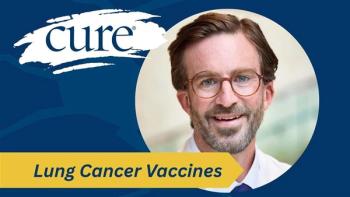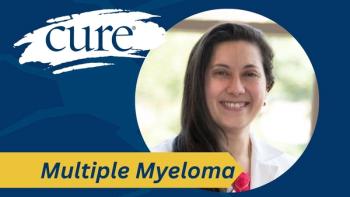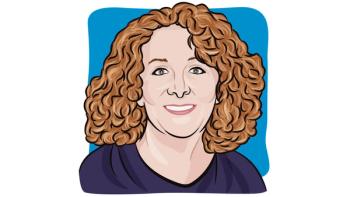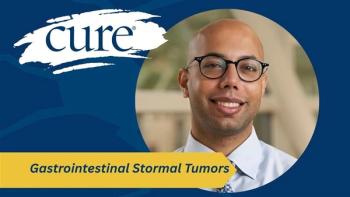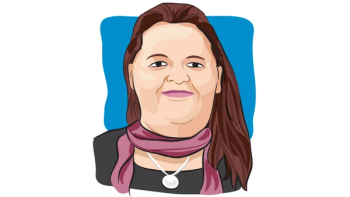
Telemedicine Can Be an Effective Way to Help People Quit Smoking
Telemedicine holds promise as a convenient and effective way for clinicians to help people give up tobacco and nicotine, one group of clinicians demonstrated in a recent pilot study.
Telemedicine holds promise as a convenient and effective way for clinicians to help people give up tobacco and nicotine, one group of clinicians demonstrated in a recent pilot study.
The results of the study of “tele-nicotine,” which allowed professionals at UT Southwestern’s Simmons Comprehensive Cancer Center, in Dallas, to try the strategy with male smokers in a local homeless shelter, were reported during the 42nd Annual Congress of the Oncology Nursing Society, held May 4-7 in Denver, Colorado.
“Telemedicine adds extended reach to health care partnerships and aids dissemination of effective approaches to otherwise underserved populations,” the authors concluded in a poster presented during the congress.
The team, which included an oncology nurse, a counselor and a cancer educator, embarked on the study because the use of tobacco products remains a leading preventable cause of cancer and nicotine cessation is an important approach to cancer prevention and a healthier lifestyle — yet face-to-face education is not always available, according to the poster presented by lead author Maria C. Grabowski, M.S.N., RN, OCN. Her co-authors are Michele Yates, B.S., CHES and Karla Jerkins, M.A., LPC, LMFT.
Through their institution’s Community Outreach Program, the clinicians provided shelter residents with a four-week tele-nicotine course, which met for an hour once a week. Ten men at a time took the course, and 100 were counseled over three months. The men were motivated to quit smoking because they wanted to become permanent residents of the shelter, and needed to be free of drugs and alcohol to be considered, Grabowski said. In addition, she and her colleagues continually reminded the men that they would save money if they stopped using nicotine products.
The goals of the pilot program were for the team members to get comfortable using video and audio equipment and to determine whether they could make a personal connection with participants from a remote location. Nicotine reduction or elimination were seen as successful outcomes for patients.
“We wanted to know a number of things: Can we see their nonverbal cues? Do they know who we are? Are we hearing their needs? Are we facilitating group interaction? Are they taking steps toward a healthier lifestyle by reducing their nicotine use or effectively stopping it?” Grabowski explained.
In all, 25 percent of participants reported that they had stopped using nicotine, and another 25 percent had significantly reduced their nicotine use by the time they were done with the course, the authors reported. In addition, the team providing the service “became comfortable with the technology,” Grabowski said.
“We were highly effective in motivational interviewing, in getting them at least thinking about quitting,” she said. “That’s the first step toward success.”
A limitation of the program, designed by the American Cancer Society and offered at a cost of just $1 per patient, was that it only lasted four weeks, and it wasn’t clear whether smoking cessation or reduction accomplished by participants would persist.
“The window of time for counseling was short, and follow-up was complicated,” Grabowski said. “We did not know where they would be living after the program was over, so we told them how to find us, connected them with a local hospital for underserved patients that has a tobacco-cessation program and told them about a 24/7 Texas quit line.”
Grabowski and her colleagues launched the pilot program with the idea that, if it was effective, they would roll it out to community or physician sites, possibly starting with employees at their own institution. The team members were encouraged by their results, but, in its next incarnation, want the program to use an eight-week course designed by the American Lung Association. They also want someone at each facility that receives the service to act as a champion for cessation and check in with patients between meetings.
Grabowski added that some patients need more than education to quit. In those who are exceptionally addicted, withdrawal symptoms can be eased by nicotine replacement patches; the oral drug Chantix (varenicline); or the antidepressant Wellbutrin (buproprion HCL).
“Over the past 10 years, there’s been a lot of social pressure to stop smoking and all tobacco products, and casual users have stopped,” Grabowski said. Among those who still use tobacco, she said, “We have a much more strongly addicted population.”

